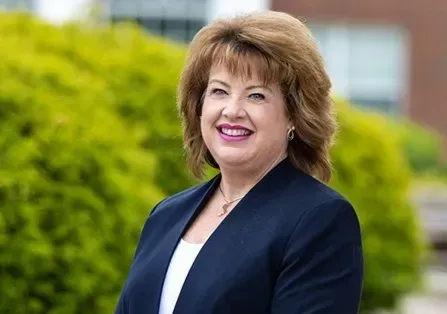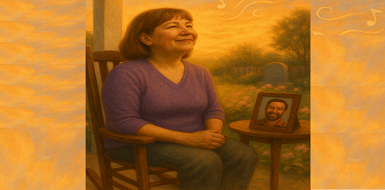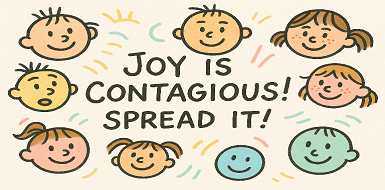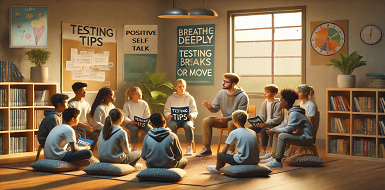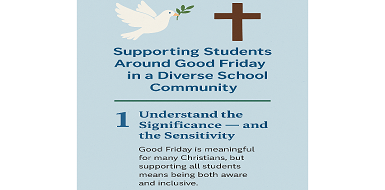Love to My Valentine in Heaven: Using Journaling to Heal the Grief
Navigating Grief on Valentine's Day: Finding Comfort in Love Letters and Faith

This was my first Valentine’s without that amazing man. To help my heart and try to begin on this journey toward healing in grief, I read back through all those love letters from our dating days. You may remember that he was in the NAVY when we met, so we had a long-distance romance for most of the year that we dated. Those letters are now priceless! He wrote in a letter dated August 14, 1982:
My Dearest Susan,
I miss you so much. I’m just not complete without you. I don’t know why the Lord would have us so far apart but I’m sure he will help us make it through this most difficult time in our lives. I don’t want you to ever be unsure of my love for you.
Yours Forever, Bob
It was so interesting to read those words 38 years later to find that they are so appropriate for what I am going through now. I miss him with every fiber within me and am definitely not complete without him, but trust that he is walking the streets with Jesus and happy. I have faith that both my Lord and Bob will help me make it through this most difficult time in my life.
And, I include Bob because I know he is looking down on me from Heaven. He promised he would. His last words were, “Dave, you take care of your Mom. Suz, you take care of Dave. Tony and Lauren will take care of each other and our kids. And, I’ll look down and take care of everybody.” And, I trust that because 2 Corinthians 5:8 tells us that: “The same person who becomes absent from his or her body becomes present with the Lord.” So, even though I miss him terribly, I know that he is happy in Heaven.
Even more, I can’t imagine the glorious body he has now – no pain at all. 1 Corinthians 6:3a says, “Do you not know that we are to judge angels?” I can’t imagine just being with the angels, much less being higher. So, while it’s more than depressing to miss him so much, I try to remember God’s promises. And, I will be with him again; this is just a pause.
A wonderful Godly friend, who lost her first husband even much earlier than I, reminded me very soon after Bob moved to Heaven that he just said, “Good night.” Soon, we will get to say, “Good morning.”
Finding Solace in Memories and Faith
Valentine's Day can be particularly challenging for those who have lost their spouse. The day that once symbolized love and togetherness now feels like a reminder of what is missing. However, delving into memories and cherished moments can offer solace. Bob's love letters are not just words on paper; they are a testament to the enduring love that transcends physical separation.
Bob's words from the past have taken on new meaning in the present. His expressions of love and faith serve as a guiding light during these dark times. Knowing that he believed in a higher plan and trusted in God's guidance provides comfort. His assurance that his love would never waver is a reminder that love continues even after death.
Embracing the Spiritual Connection
The belief that Bob is watching over me from Heaven brings a sense of peace. His last words, assigning roles to each family member and promising to care for everyone from above, reflect his unwavering love and concern. This spiritual connection, reinforced by scripture, offers a foundation of faith that supports you through your grief.
The idea that Bob is now in the presence of the Lord, free from pain and suffering, is a comforting thought. The promise of reuniting in Heaven provides hope and a future to look forward to, even amidst the sorrow.
Leaning on God’s Promises
God’s promises offer a beacon of hope. The pain of missing Bob is undeniable, but the assurance of being together again in Heaven can be a source of strength. This perspective helps in navigating the challenging journey of grief. Remembering that this separation is temporary and that there will be a joyous reunion provides a sense of purpose and direction. (I often say that he better come running as if in a romance novel. It's joyous to think about. Yet, with his sense of humor, I wouldn't put it past him.)
Moving Forward with Love and Faith
As I move forward, carrying Bob's love and the memories, I can lean on faith, supportive relationships, and cherished memories to provide the strength needed to navigate this difficult path.
Valentine’s Day without Bob is undoubtedly painful, but by reflecting on his words and the promises of faith, I can find moments of love, peace and hope.
I am a school counselor turned counselor educator, professor, and author helping educators and parents to build social, emotional, and academic growth in ALL kids! The school counseling blog delivers both advocacy as well as strategies to help you deliver your best school counseling program.
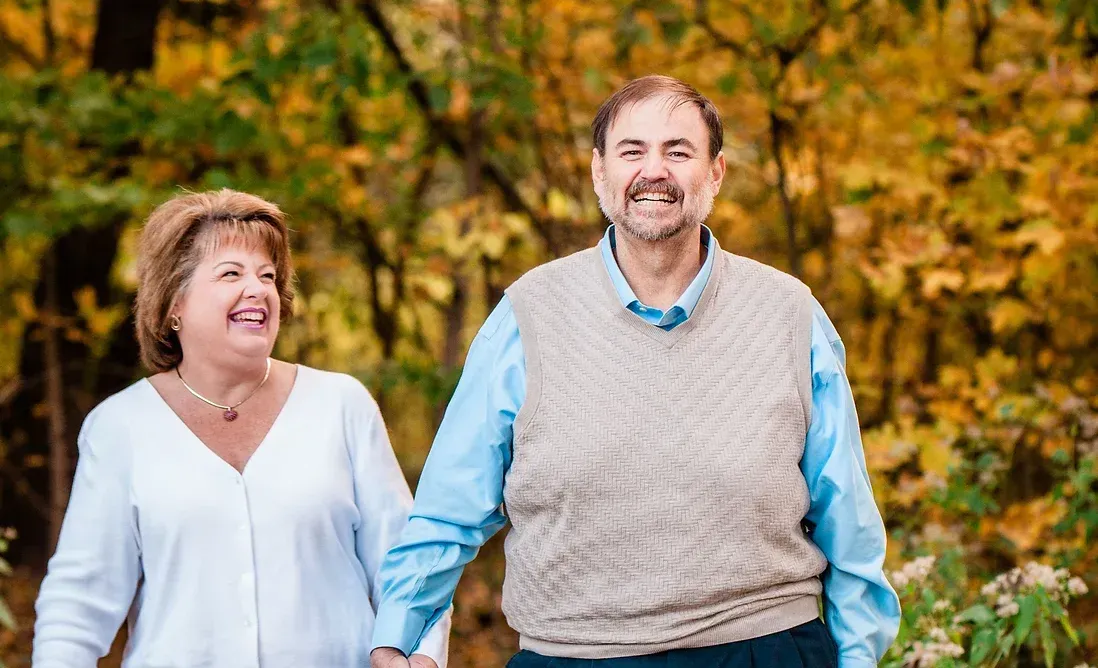
I'm a mother, grandmother, professor, author, and wife (I'll always be his). Until October 20, 2020, I lived with my husband, Robert (Bob) Rose, in Louisville, Ky. On that awful day of October 20,2020, my life profoundly changed, when this amazing man went on to Heaven. After Bob moved to Heaven, I embraced my love of writing as an outlet for grief. Hence, the Grief Blog is my attempt to share what I learned as a Counselor in education with what I am learning through this experience of walking this earth without him. My mission is to help those in grief move forward to see joy beyond this most painful time.
